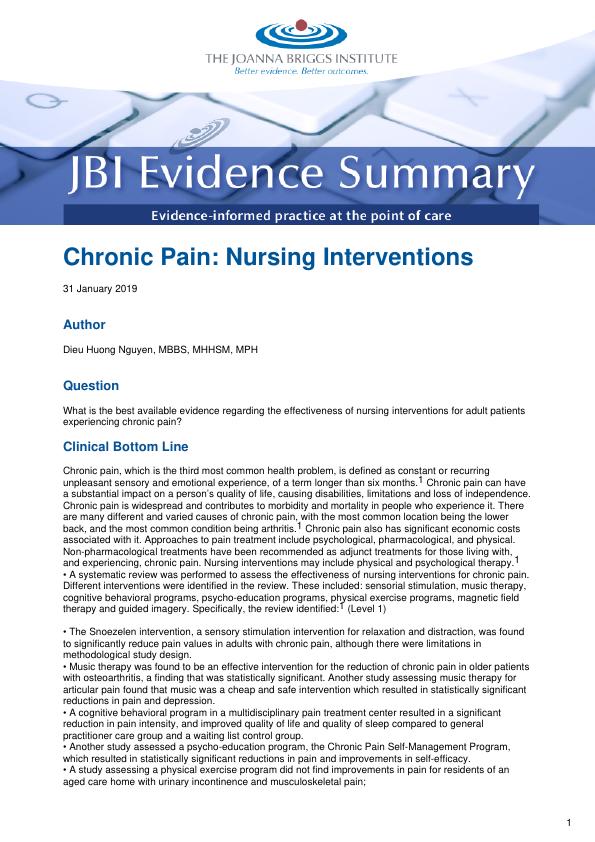Chronic Pain: Nursing Interventions - Evidence Summary
Added on 2022-11-07
3 Pages2062 Words294 Views
End of preview
Want to access all the pages? Upload your documents or become a member.
Chronic Pain: Nursing Interventions and Evidence Summary
|11
|1072
|404
Individual Assignment on Case Study of Margaret
|7
|1614
|131
Palliative Care for Mrs. Brown: Nursing Priorities in COPD
|7
|1773
|28
Effectiveness of Lifestyle Intervention in Preventing Obesity in Children and Young Adults
|22
|3771
|75
Paper on Impact of Yoga in Reducing Depression of Adult
|9
|2282
|34
Health Literacy and Elderly Patients: A Case Study
|8
|2299
|282

